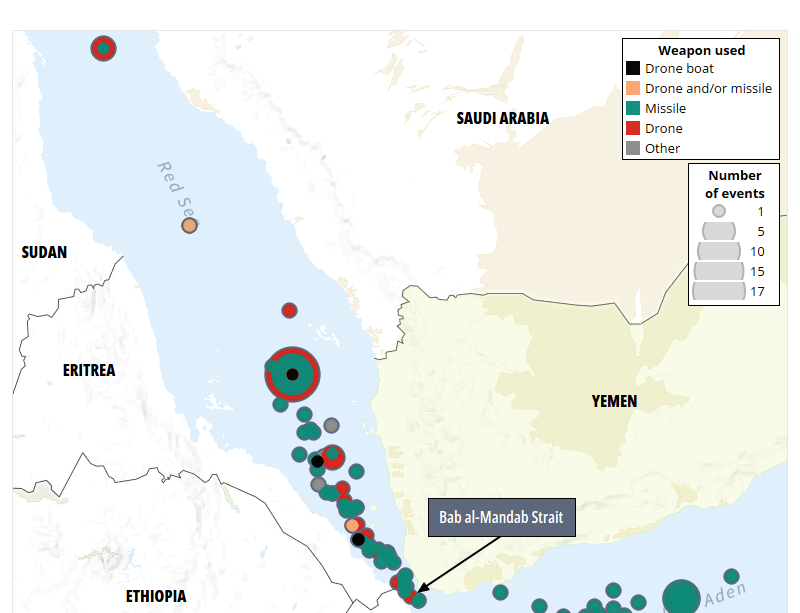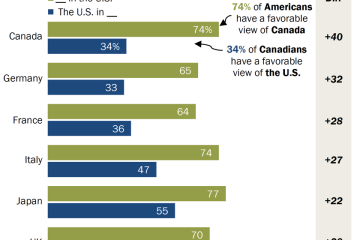The Houthis: A Deep Dive into the Ongoing Conflict

Introduction
The Houthis, officially known as Ansar Allah, are a significant political and military force in Yemen, playing a crucial role in the country’s ongoing civil war. Their rise to prominence began in the early 2000s, but their influence has grown dramatically since the outbreak of the war in 2015. Understanding the Houthis is essential for grasping the complex dynamics of Yemen, a country already suffering from severe humanitarian crises and geopolitical tensions.
The Emergence of the Houthis
The Houthis emerged from Yemen’s northern Saada province, initially starting as a cultural and religious revivalist movement among the Zaydi Shia community. Over the years, they transformed into a powerful insurgent group, primarily opposing the central Yemeni government and the influence of Saudi Arabia and other western nations in Yemen. In 2014, the Houthis seized the Yemeni capital, Sana’a, effectively overthrowing President Abdrabbuh Mansur Hadi’s government.
The Civil War and Regional Implications
The conflict escalated significantly in March 2015 when a Saudi-led coalition intervened militarily in support of the Hadi government. This intervention has led to widespread devastation, causing what the United Nations has dubbed the world’s worst humanitarian crisis. According to recent estimates, over 24 million people in Yemen require humanitarian assistance, with millions facing starvation.
Current Situation
As of late 2023, the Houthis continue to control large portions of northern Yemen, including the capital, Sana’a. Recent peace talks have been held sporadically, including negotiations led by the Oman government, aimed at establishing a ceasefire and a potential political resolution. However, a lasting peace remains elusive, as underlying grievances and outside influences complicate the situation. The Houthis have also been known to engage in violent assaults on Saudi territory, further straining Saudi-Houthi relations.
Impact of International Relations
The Houthis’ relationships with Iran have raised concerns for Saudi Arabia and the U.S., given allegations of Iranian support for Houthi military activities. As regional tensions rise, the conflict in Yemen continues to attract international attention, yet solutions remain complex and multifaceted. Both sides have faced criticism for human rights violations, worsening the humanitarian situation.
Conclusion
The Houthis symbolize a larger struggle for power and control in Yemen and have become central figures in the geopolitical landscape of the Middle East. The ongoing conflict poses significant challenges, not only for Yemen’s future but also for regional stability. Monitoring developments related to the Houthis will be crucial for understanding the broader implications of this enduring conflict, influencing geopolitical policies and humanitarian efforts in the coming years.









